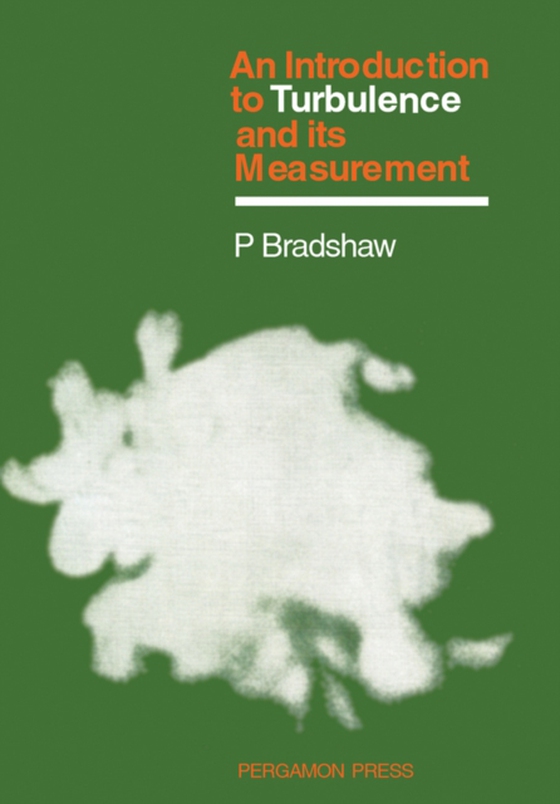
Introduction to Turbulence and its Measurement e-bog
473,39 DKK
(inkl. moms 591,74 DKK)
An Introduction to Turbulence and Its Measurement is an introductory text on turbulence and its measurement. It combines the physics of turbulence with measurement techniques and covers topics ranging from measurable quantities and their physical significance to the analysis of fluctuating signals, temperature and concentration measurements, and the hot-wire anemometer. Examples of turbulent fl...
E-bog
473,39 DKK
Forlag
Pergamon
Udgivet
22 oktober 2013
Længde
238 sider
Genrer
TGMF2
Sprog
English
Format
pdf
Beskyttelse
LCP
ISBN
9781483140841
An Introduction to Turbulence and Its Measurement is an introductory text on turbulence and its measurement. It combines the physics of turbulence with measurement techniques and covers topics ranging from measurable quantities and their physical significance to the analysis of fluctuating signals, temperature and concentration measurements, and the hot-wire anemometer. Examples of turbulent flows are presented. This book is comprised of eight chapters and begins with an overview of the physics of turbulence, paying particular attention to Newton's second law of motion, the Newtonian viscous fluid, and equations of motion. After a chapter devoted to measurable quantities, the discussion turns to some examples of turbulent flows, including turbulence behind a grid of bars, Couette flow, atmospheric and oceanic turbulence, and heat and mass transfer. The next chapter describes measurement techniques using hot wires, films, and thermistors, as well as Doppler-shift anemometers; glow-discharge or corona-discharge anemometers; pulsed-wire anemometer; and steady-flow techniques for fluctuation measurement. This monograph is intended for post-graduate students of aeronautics and fluid mechanics, but should also be readily understandable to those with a good general background in engineering fluid dynamics.
 Dansk
Dansk

